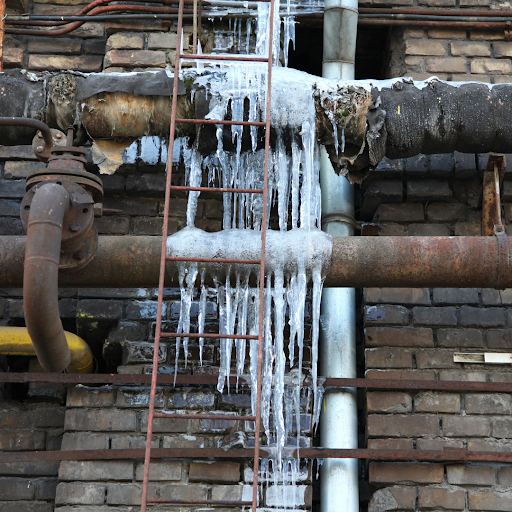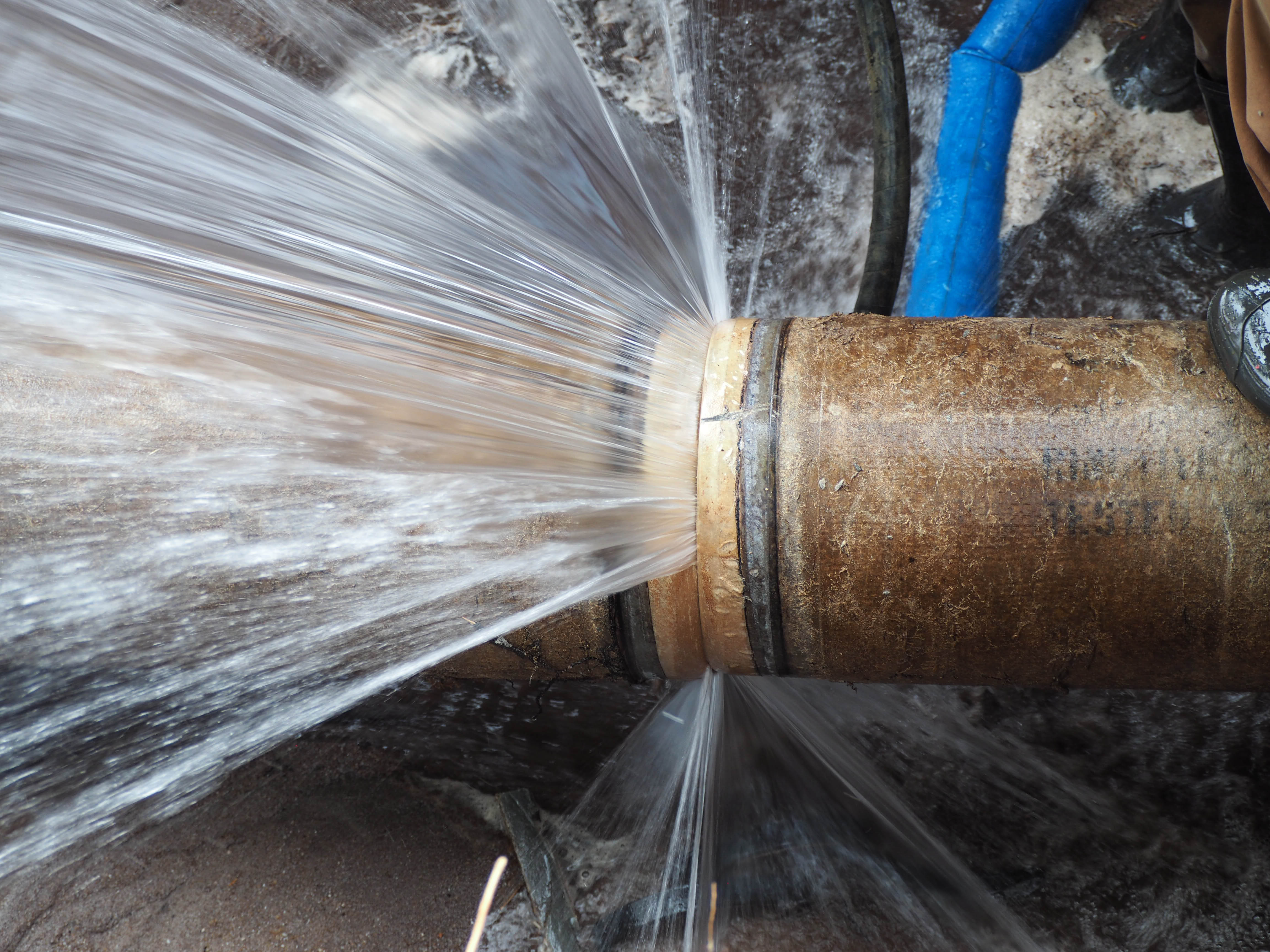Tips to Defend Your Pipes from Freezing: Professional Tips
Tips to Defend Your Pipes from Freezing: Professional Tips
Blog Article
Here in the next paragraphs you will discover lots of great data relating to Helpful Tips to Prevent Frozen Pipes this Winter.

Winter can damage your pipes, especially by freezing pipes. Below's how to stop it from occurring and what to do if it does.
Introduction
As temperature levels drop, the danger of icy pipes rises, potentially causing costly repair services and water damages. Comprehending just how to prevent icy pipelines is essential for house owners in cool climates.
Prevention Tips
Protecting at risk pipes
Cover pipelines in insulation sleeves or make use of heat tape to shield them from freezing temperatures. Concentrate on pipes in unheated or exterior areas of the home.
Heating strategies
Keep interior rooms adequately heated up, particularly locations with pipes. Open up closet doors to permit cozy air to flow around pipelines under sinks.
Just how to recognize icy pipelines
Try to find reduced water circulation from faucets, unusual odors or sounds from pipelines, and visible frost on exposed pipes.
Long-Term Solutions
Architectural changes
Think about rerouting pipes far from outside walls or unheated locations. Include extra insulation to attics, cellars, and crawl spaces.
Updating insulation
Invest in top quality insulation for pipelines, attics, and wall surfaces. Appropriate insulation helps preserve consistent temperature levels and reduces the risk of icy pipes.
Securing Outdoor Plumbing
Yard hose pipes and exterior faucets
Detach and drain pipes garden hose pipes prior to winter season. Mount frost-proof spigots or cover outside taps with shielded caps.
Understanding Frozen Pipelines
What triggers pipes to freeze?
Pipes freeze when revealed to temperatures listed below 32 ° F (0 ° C) for prolonged durations. As water inside the pipes freezes, it broadens, putting pressure on the pipe wall surfaces and possibly creating them to break.
Threats and problems
Icy pipes can lead to supply of water disruptions, building damage, and expensive fixings. Burst pipes can flood homes and cause considerable architectural damage.
Signs of Frozen Pipes
Identifying icy pipelines early can avoid them from rupturing.
What to Do If Your Pipes Freeze
Immediate activities to take
If you presume frozen pipelines, keep taps available to ease pressure as the ice thaws. Use a hairdryer or towels taken in warm water to thaw pipes gradually.
Conclusion
Protecting against frozen pipelines needs aggressive steps and fast reactions. By recognizing the causes, indications, and preventive measures, property owners can shield their plumbing during winter.
5 Ways to Prevent Frozen Pipes
Drain Outdoor Faucets and Disconnect Hoses
First, close the shut-off valve that controls the flow of water in the pipe to your outdoor faucet. Then, head outside to disconnect and drain your hose and open the outdoor faucet to allow the water to completely drain out of the line. Turn off the faucet when done. Finally, head back to the shut-off valve and drain the remaining water inside the pipe into a bucket or container. Additionally, if you have a home irrigation system, you should consider hiring an expert to clear the system of water each year.
Insulate Pipes
One of the best and most cost-effective methods for preventing frozen water pipes is to wrap your pipes with insulation. This is especially important for areas in your home that aren’t exposed to heat, such as an attic. We suggest using foam sleeves, which can typically be found at your local hardware store.
Keep Heat Running at 65
Your pipes are located inside your walls, and the temperature there is much colder than the rest of the house. To prevent your pipes from freezing, The Insurance Information Institute suggests that you keep your home heated to at least 65 degrees, even when traveling. You may want to invest in smart devices that can keep an eye on the temperature in your home while you’re away.
Leave Water Dripping
Moving water — even a small trickle — can prevent ice from forming inside your pipes. When freezing temps are imminent, start a drip of water from all faucets that serve exposed pipes. Leaving a few faucets running will also help relieve pressure inside the pipes and help prevent a rupture if the water inside freezes.
Open Cupboard Doors
Warm your kitchen and bathroom pipes by opening cupboards and vanities. You should also leave your interior doors ajar to help warm air circulate evenly throughout your home.

I ran across that post about How To Avoid Freezing Pipes when doing a search on the search engines. Sharing is nice. Helping people is fun. Thank you so much for taking the time to read it.
Additional Resources Report this page